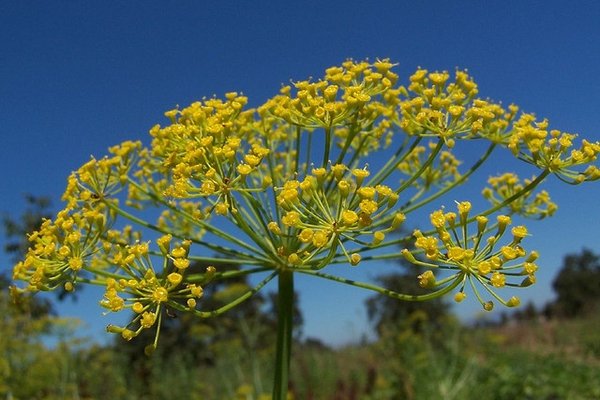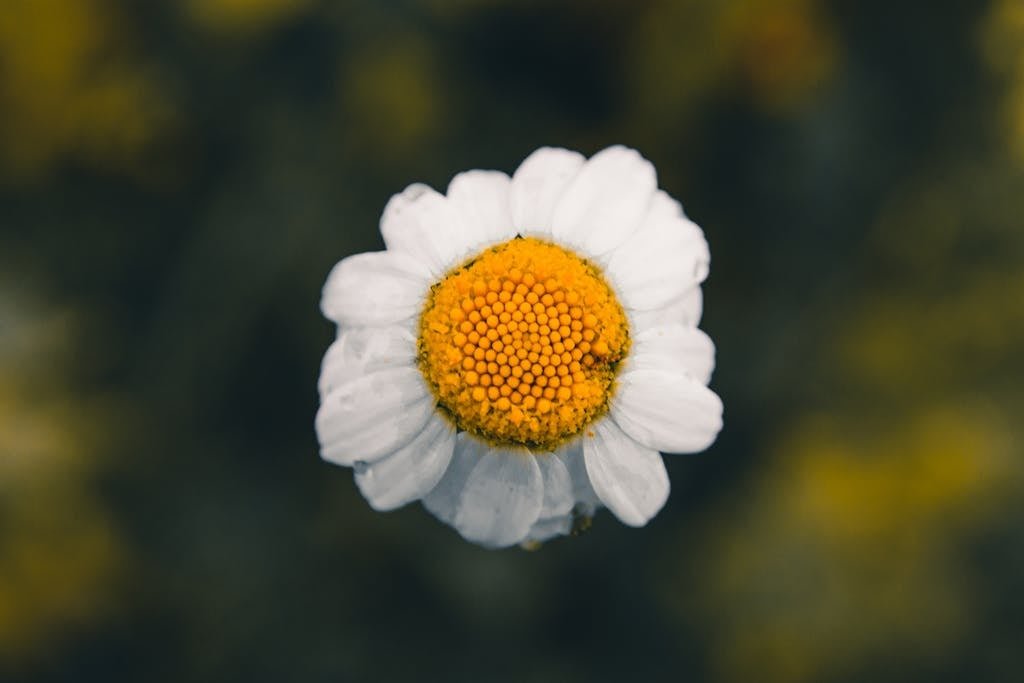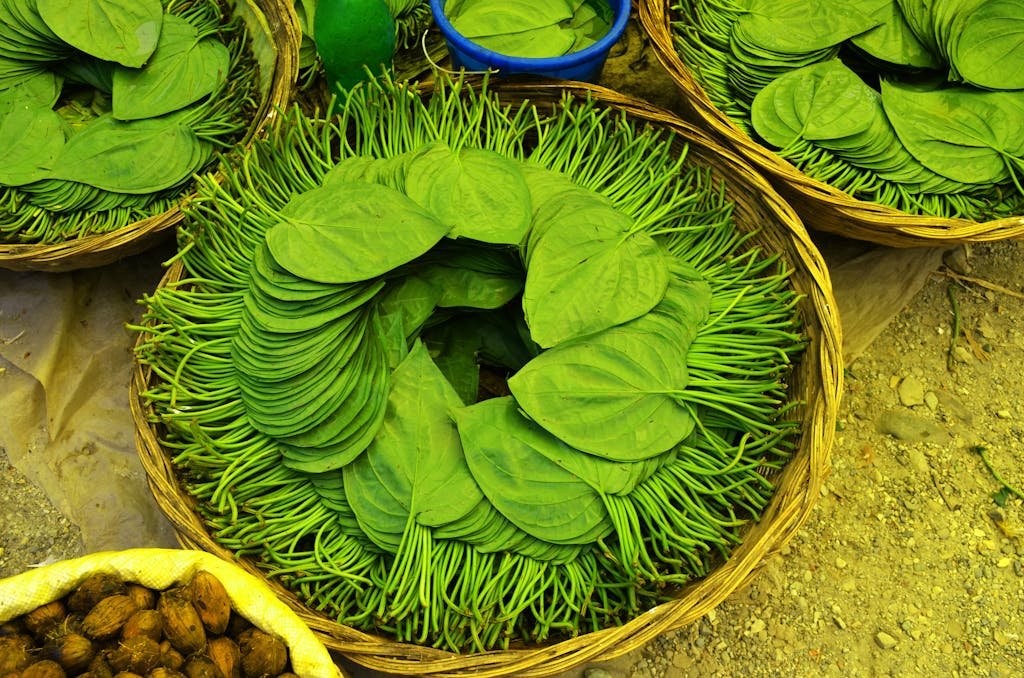Dill – (Anethum graveolens)
Dill, scientifically known as Anethum graveolens, is a flavorful herb that’s been gracing kitchens and gardens worldwide. It’s not just its unique taste that makes it a favorite among chefs and home cooks alike; dill boasts a rich history and a plethora of health benefits that are too good to ignore.
From its feathery green leaves to the distinct aroma that it adds to dishes, dill’s versatility is unmatched. Whether it’s used fresh or dried, in salads or sauces, it brings a refreshing complexity to any meal. Let’s dive into the world of dill and discover what makes this ancient herb a modern-day kitchen staple.
Key Takeaways
- Dill’s Rich History and Cultural Significance: Known scientifically as Anethum graveolens, dill is celebrated for its historical culinary and medicinal uses, spanning ancient civilizations to modern-day kitchens, symbolizing wealth, health, and protection in various cultures.
- Versatile Culinary Uses: Dill enhances a variety of dishes with its delicate fronds and distinctive taste, being pivotal in salads, seafood, pickles, and bread, showcasing its indispensable role in enhancing flavor profiles across European and Asian cuisines.
- Notable Health Benefits: Rich in vitamins A and C, dill also boasts antioxidant, antimicrobial, and antifungal properties, contributing to cardiovascular health, digestion improvement, and potentially lowering the risk of chronic diseases.
- Easy-to-Grow Garden Herb: Thriving in full sun and well-drained soil, dill is a low-maintenance herb that rewards gardeners with rapid growth and the ability to attract beneficial insects, making it a valuable addition to any garden.
- Effective Preservation Methods: Dill can be preserved through drying, freezing, or pickling, each method offering a way to extend its shelf life while retaining its unique flavor profile, ensuring this flavorful herb remains available for culinary use year-round.
History of Dill
Dill, known scientifically as Anethum graveolens, boasts a fascinating journey through history, marked by both its culinary and medicinal uses. This herb’s roots trace back to ancient civilizations, where it was highly valued for its flavor and health benefits. Historians suggest that dill was used by the Romans for culinary purposes and by the Egyptians as a soothing medicine, highlighting its versatility across cultures.
In ancient Greek culture, dill symbolized wealth, and athletes would cover their bodies with its oil in the belief it could reduce muscle fatigue. This practice underscores the herb’s long-standing association with health and wellbeing. Furthermore, during the Middle Ages, dill was commonly used in love potions and as a protection against witchcraft, showcasing its importance in folklore and traditional medicine.
The usage of dill spread significantly with European colonization. As settlers traveled, they brought dill seeds with them for planting, using it as a remedy for ailments such as digestive problems and insomnia. This global dispersion underscores dill’s adaptation across various climates and cultures, making it a staple herb worldwide.
Recent research has supported many of these traditional uses, pointing to dill’s antioxidant, antimicrobial, and antifungal properties. Studies have found that compounds in dill, like limonene and eugenol, contribute to its health benefits, including improved digestion and reduced inflammation.
- Dill’s use by Romans for culinary purposes
- Egyptians used dill as a soothing medicine
- In ancient Greece, dill symbolized wealth
- During the Middle Ages, used in love potions and as protection
- Spread significantly with European colonization
- Recent research supports traditional uses: antioxidant, antimicrobial, antifungal properties
The enduring appeal of dill, from ancient times through to modern-day kitchens, attests to its versatile use and benefits. Whether in the form of fresh leaves, dried dill, or seeds, this herb continues to be a favored ingredient and remedy, reflecting its rich history in human culture.
Culinary Uses of Dill
Dill, known scientifically as Anethum graveolens, plays a pivotal role in kitchens around the globe. Its delicate fronds and distinct taste contribute to a myriad of dishes, making it an indispensable herb for chefs and home cooks alike.
Traditionally, dill has been a staple in European and Asian cuisines. Its leaves, seeds, and stems can be used to enhance flavor profiles in various culinary creations. Fresh dill leaves, often referred to as dill weed, are popular in salads, yogurts, soups, and fish dishes. The herb’s compatibility with seafood is particularly noteworthy, as its unique flavor complements the natural taste of fish.
The seeds of the dill plant are stronger in flavor and are commonly used in the making of pickles. They’re also added to bread, cabbage dishes, and stews to introduce a slightly bitter taste that balances out the overall flavor of these meals. Moreover, dill oil, extracted from the seeds, is used in the food industry for its aromatic qualities.
In addition to its culinary applications, dill has been the subject of various studies highlighting its health benefits. Research published in the Journal of Food Science points to dill’s antioxidant properties, which can contribute to a healthier diet. Another study in the International Journal of Molecular Sciences emphasizes its role in improving digestion and combating gastrointestinal disorders.
- Salads and yogurts: Fresh dill enhances the flavor.
- Seafood dishes: Dill pairs perfectly with fish.
- Pickles: Dill seeds are a key ingredient.
- Bread and stews: Seeds add depth to the flavor.
The versatility of dill extends far beyond its flavor. Its presence in a dish can transform an ordinary meal into an extraordinary culinary experience. The ongoing exploration into the health benefits of dill adds another layer of value, solidifying its status as a potent and beneficial herb in both traditional and modern kitchens.
Health Benefits of Dill
Dill, Anethum graveolens, isn’t just a culinary delight but also a powerhouse of health benefits. This aromatic herb is rich in vitamins A and C, which are essential for immune system health and vision. Moreover, dill contains a variety of minerals including manganese, iron, and magnesium, pivotal for bone health and energy levels.
Research has shown that dill harbors antioxidant properties, thanks to its flavonoids and monoterpenes. These compounds help neutralize free radicals, potentially lowering the risk of chronic diseases such as heart disease and cancer. A study published in the Journal of Food Science highlighted dill’s ability to combat oxidative stress, underlining its potential in preventive health strategies.
Another significant benefit of dill is its role in digestion. It has been traditionally used to soothe stomach ailments and improve digestion. The essential oils in dill contain compounds that activate the secretion of bile and digestive juices, enhancing gut health. This effect is supported by research suggesting that dill can alleviate intestinal spasms, offering relief from gas and bloating.
Dill also impacts cardiovascular health. It’s believed to regulate cholesterol levels, thereby reducing the risk of heart disease. A research study indicated that dill extract could lower bad LDL cholesterol while maintaining good HDL cholesterol, demonstrating its potential as a heart-healthy herb.
| Benefit | Key Compound | Effect |
|---|---|---|
| Antioxidant | Flavonoids, Monoterpenes | Neutralizes free radicals, may lower risk of chronic diseases |
| Digestive Aid | Essential Oils | Stimulates bile and digestive juices, improves gut health |
| Heart Health | – | Can lower LDL cholesterol, supports cardiovascular health |
Incorporating dill into one’s diet not only enriches flavors but also contributes to overall well-being. From its antioxidant properties to its digestive and cardiovascular benefits, dill exemplifies the merging of flavor and health. Whether used fresh or as an extract, dill continues to be explored for its multifaceted benefits in modern nutritional science.
Growing and Harvesting Dill
Dill (Anethum graveolens), with its fragrant leaves and seeds, is a favorite among gardeners for its ease of care and versatile uses. Thriving in full sun and well-drained soil, dill is a plant that rewards gardeners with its rapid growth cycle and minimal care requirements. It’s important to note that dill prefers a pH between 5.8 and 6.5, ensuring the soil is fertile for optimal growth.
Planting Dill
When planting dill, gardeners can directly sow seeds into the ground or start them indoors in containers. Dill seeds should be planted 1/4 inch deep and 18 inches apart after the last spring frost, ensuring they have ample space to flourish. For a continuous supply, it’s advisable to plant additional seeds every few weeks. This herb is known for its ability to attract beneficial insects like honeybees, making it a fantastic companion plant in vegetable gardens.
Watering and Fertilizing
Dill is remarkably drought-tolerant once established, requiring only moderate watering. However, during the seedling stage, consistent moisture is key to ensuring healthy growth. Overwatering can lead to weak stems, so it’s crucial to let the soil dry out between watering sessions. Minimal fertilization is needed; a light application of a balanced fertilizer at the time of planting is sufficient.
Harvesting Dill
The best time to harvest dill is when the leaves are vibrant and green, before the plant has started to flower. For the freshest flavor, pick leaves in the morning after the dew has dried. If you’re interested in harvesting dill seeds, wait until the flowers have bloomed and the seeds begin to turn brown. Cutting the flower heads and hanging them upside down in a warm, dry place will allow seeds to dry and easily be collected.
In terms of health and culinary uses, the benefits of incorporating dill into a diet are well-documented. Research indicates that compounds found in dill, such as flavonoids and monoterpenes, play a significant role in digestions and cardiovascular health, explaining its popularity in various traditional medicines and cuisines.
Preserving Dill
Preserving dill is a fantastic way to extend the herb’s shelf life and ensure its bright, tangy flavor is available year-round. Whether harvested from a personal garden or bought in bulk, dill can be preserved through several methods such as drying, freezing, and pickling, each with its own merits.
Drying Dill is perhaps the most common preservation method. It’s straightforward and preserves the herb’s potent flavor, albeit slightly less vibrant than fresh dill. To dry dill, one simply needs to tie bunches of dill together and hang them upside down in a warm, dry place away from direct sunlight. Alternatively, spreading the dill fronds out on a baking sheet and placing them in an oven set to the lowest possible temperature can speed up the process. Once dried, the dill should be stored in an airtight container in a dark, dry place to maintain its flavor.
Freezing Dill retains more of the herb’s fresh, vibrant flavor compared to drying. To freeze dill, wash the fronds and pat them dry thoroughly. Then, chop the dill and pack it loosely into ice cube trays, covering each ‘dill cube’ with water or olive oil before freezing. Once solid, the cubes can be transferred to a freezer bag for long-term storage. This method is particularly useful for adding to soups, stews, and other cooked dishes.
Pickling Dill is a unique way to preserve the herb, especially for those looking to add a tangy twist to their dishes. By creating a vinegar-based brine and adding spices, one can pickle dill alone or with other vegetables. This method not only preserves the dill but also infuses it with additional flavors, making it a great addition to sandwiches, salads, and more.
Each preservation method offers a way to enjoy dill beyond its typical growing season, ensuring this flavorful herb is available for culinary use throughout the year. Whether dried, frozen, or pickled, preserved dill can add a bright, tangy dimension to a wide range of dishes.
Dill, with its multifaceted uses and health benefits, stands out as a versatile herb in both the kitchen and the garden. Understanding the nuances of growing, harvesting, and preserving dill ensures that its vibrant flavor and nutritional benefits can be harnessed throughout the year.
Whether it’s enhancing the taste of dishes with its fresh or dried form, or contributing to digestion and cardiovascular health through its bioactive compounds, dill offers much more than just an aromatic addition to meals. By following the guidance provided, gardeners and cooks alike can elevate their culinary creations and enjoy the full spectrum of dill’s offerings.




